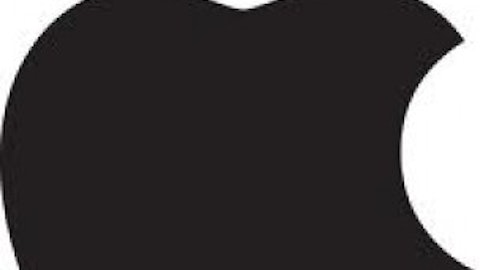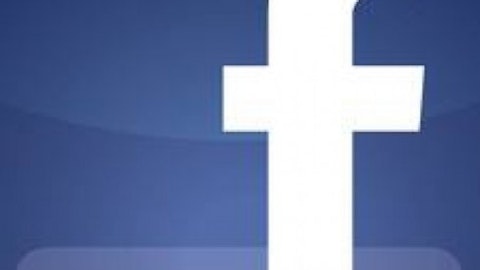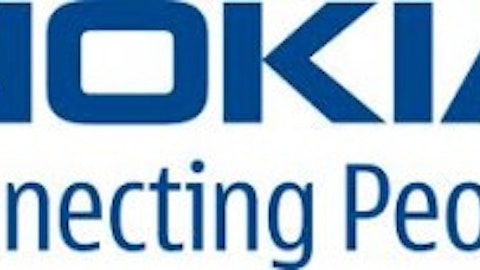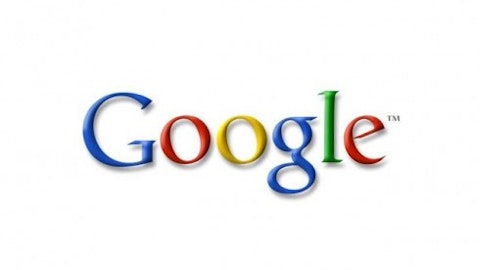During Tuesday’s earnings call, Apple Inc. (NASDAQ:AAPL) CFO Peter Oppenheimer said the company is planning to unveil new products this fall.
According to Piper Jaffray analyst Gene Munster, one of those products could be a television set. Munster has been predicting that Apple Inc. (NASDAQ:AAPL) will release a full-fledged TV for years, and now thinks that Apple could announce a TV this fall.
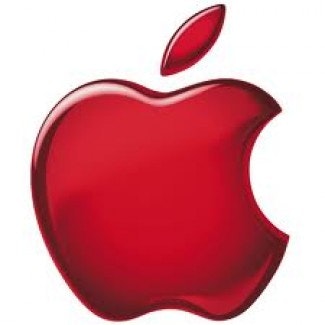
Google Inc (NASDAQ:GOOG)’s $11 smart TV
Google Inc (NASDAQ:GOOG) unveiled the Chromecast dongle on Wednesday. The device allows users to beam media from their smartphone, tablet or laptop to their TV’s screen.
But its most impressive feature is its cost. It retails for just $35 and includes three free months of Netflix, Inc. (NASDAQ:NFLX) (a $24 value). Essentially, with the Chromecast, users are getting a Roku or Apple Inc. (NASDAQ:AAPL) TV for just $11.
Granted, there are some drawbacks — owners will need to pair a tablet or smartphone to the device to use it. This means that users who like to tweet or browse the Internet on their tablet while also watching TV will be out of luck.
Nevertheless, at such a bargain price, it’s almost guaranteed to sell well, which should benefit the search giant.
Chromecast owners who want to send videos from their laptop to their TV will need to be using Google’s Chrome browser. And while the device supports iOS, reports indicate that it will favor media purchased from Google’s Play store, rather than iTunes or Amazon.com, Inc. (NASDAQ:AMZN).
Microsoft Corporation (NASDAQ:MSFT)’s Xbox One is as much of an entertainment hub as it is a gaming console
Microsoft Corporation (NASDAQ:MSFT)’s Xbox One costs roughly 14 times more than Google’s Chromecast, but it offers some major features that the Chromecast lacks.
As I’ve written before, the Xbox One is as much of a media hub as it is a gaming console.
Owners of the Xbox One will be able to control their cable box using just their voice. Voice commands like “watch HBO” or “watch The History Channel” will replace the traditional (and often confusing) TV remote.
The Xbox One also has Skype connectivity for video chat, and integration with the popular streaming apps.
Microsoft’s entertainment division has historically been a small part of the business. But with the Windows operating system in decline, and the company reorganizing itself to focus on “devices and services,” Microsoft may put more focus behind the Xbox in the years to come.
Don’t count out the cable companies
And then there are the cable companies. While many may have written them off as mismanaged, lumbering giants just waiting to be displaced, that’s far from the truth.
Comcast Corporation (NASDAQ:CMCSA) announced its X2 platform earlier in the summer. The cloud-based cable box is, in many ways, the Xbox One light.
Like the Xbox One, it includes voice commands, which can be given to the box right from the remote. It’s integrated with web apps, and allows for a more personalized experience, with the ability to offer programming suggestions based on a subscriber’s taste.
I think it’s unlikely that Comcast will be able to match the experience offered by a dedicated device like the Xbox One or Apple Inc. (NASDAQ:AAPL) TV. However, if it’s “good enough” and free to existing Comcast Corporation (NASDAQ:CMCSA) subscribers (about one-fifth of cable subscribers in the US), it could limit the demand for expensive smart TV solutions.
It could also help differentiate Comcast from its competitors. AT&T Inc. (NYSE:T) and Verizon Communications Inc. (NYSE:VZ) have expanded into Comcast’s market, and the X2 platform would give it something to keep its subscribers from switching.

